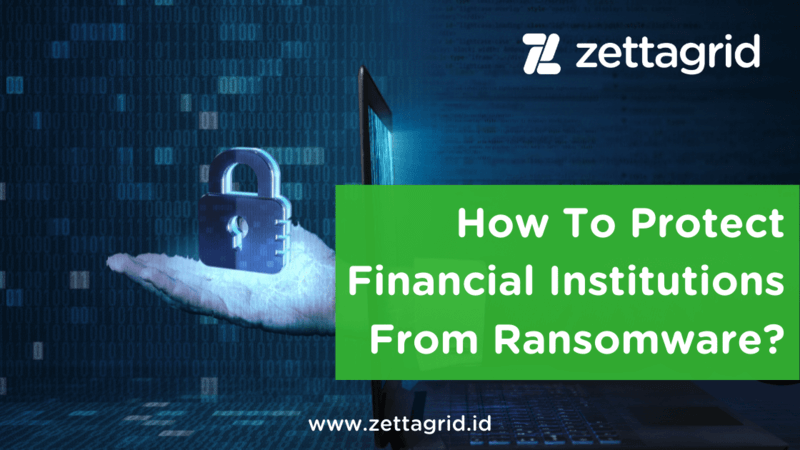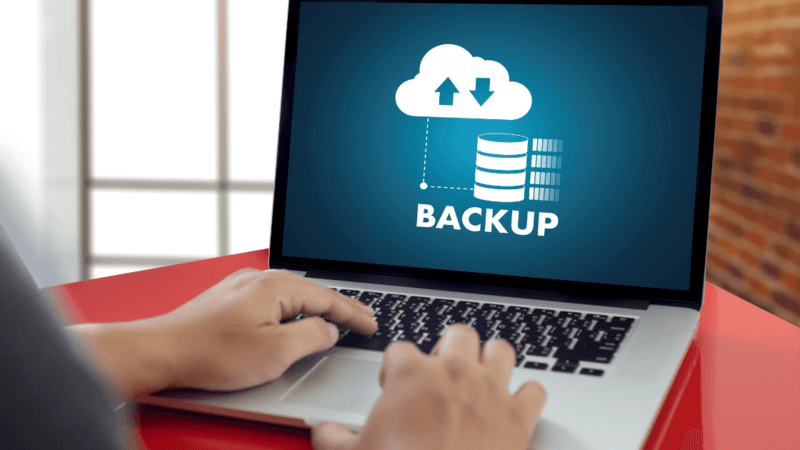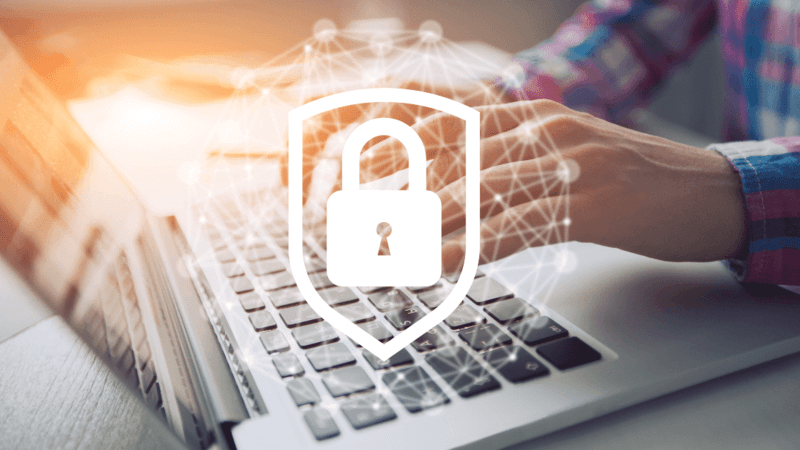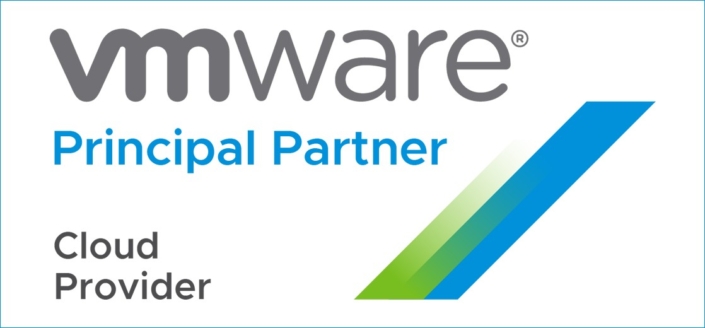How To Protect Financial Institutions From Ransomware?
 How To Protect Financial Institutions From Ransomware?
How To Protect Financial Institutions From Ransomware?
Cyberattacks like ransomware seem to be getting worse and worse, these days. A recent study from stateofsecurity.com showed that ransomware increased from 39% to 51% just from Q2 to Q3 in 2020. With this growth, ransomware attacks are now believed to be one of the top threat vectors that can intrude on many organizations. One of them is Financial Institutions.
Financial Institutions such as wealth management firms and credit unions are the attractive target for a ransomware attack. Moreover, most of them often find their hands tied and their capabilities lost when their fundamental operations are disrupted.
According to a recent report from Cyber Security Ventures, an organization fell victim to every 14 seconds in 2019, and it’s expected to be every 11 seconds in 2021. Not only that, the ransom amount has increased too, for example, in mid-2018, the average ransomware payment was $41,198. By late-2019, that price more than doubled to $84.166.
Therefore, it is a matter for Financial Institutions to have strategies in protecting their data from ransomware attacks. The three resilient strategies can be an option in avoiding the risk of ransomware attacks. Read them below here:
1. Educate The Financial Institutions About Vulnerable Access to Ransomware

(Source: BartekSzewczyk from Getty Images Pro)
The education aspect related to vulnerable access to ransomware must be taken seriously by Financial Institutions. Whether it is assessing the phishing risk, removing the most frequent attack vectors, or keeping systems and software up to date, these are essential to be taken. If these steps are not taken, ransomware risk is increased.
That’s why IT staff and users must be included in this education perspective since the threat of ransomware can be introduced from both personas. Knowing that Remote Desktop Protocol (RDP), phish, and software updates are the three mechanisms for entry, will be a huge help in focusing the scope of where to invest the most effort. So it can be resilient against ransomware from an attack vector perspective.
2. Implementing Backup Solution

(Source: JustStock from Getty Images)
Regarding ransomware resiliency, implementing a backup solution is a lot like going through a compliance audit. A product is not necessarily compliant or non-compliant to a standard. Rather, compliance is completely dictated by how the product is implemented and audited. When it comes to a ransomware incident, resiliency is completely based on how the backup solution is implemented, the behavior of threat, and the course of remediation.
As an important part of ransomware resiliency, implementing Veeam Backup Infrastructure can be a critical step. Implementation recommendations for ransomware resiliency include:
- Protection of the backup server and components
- Implementing capabilities for ransomware detection
- Ulta-resilient backup storage and the 3-2-1 Rule
- Multiple recovery techniques configuration
- Endpoint protection
- NAS protection
- Encryption of backup data
- Orchestrated recoveries of backups and replicas
3. Look For a Strong Remediation to Defend Ransomware

(Source: Source: COMiCZ from Getty Images Pro)
Despite all the education and implementation techniques that are employed to be resilient against ransomware. That’s why financial institutions should be prepared to remediate a threat if introduced. At Zettagrid, we have agreed upon the approach to remediating ransomware such as choose to restore data rather than pay the ransom.
Not only that, but the layers of resiliency also have to be prepared to protect Financial Institutions from ransomware incidents. So when a ransomware attack occurs, Financial Institutions can look for strong remediation. Besides that, the organization can also learn where the threat lurks, how to build a resilient IT environment, and how to secure safe restores of its data.
If you have any questions related to our solutions, you can contact us here or through sales@zettagrid.id.


